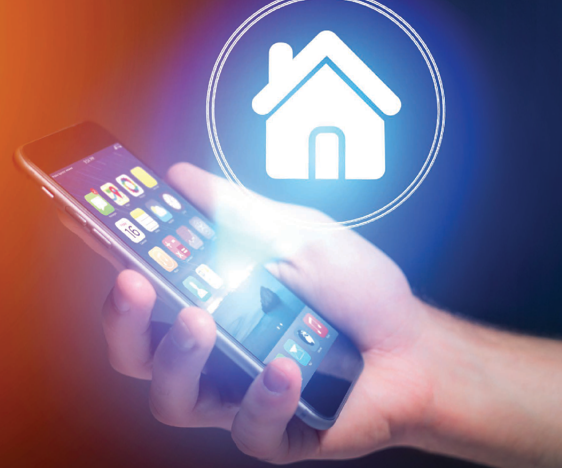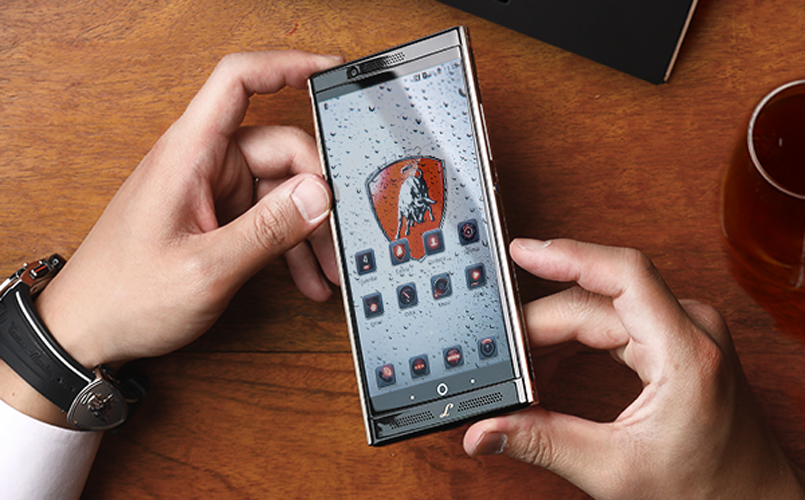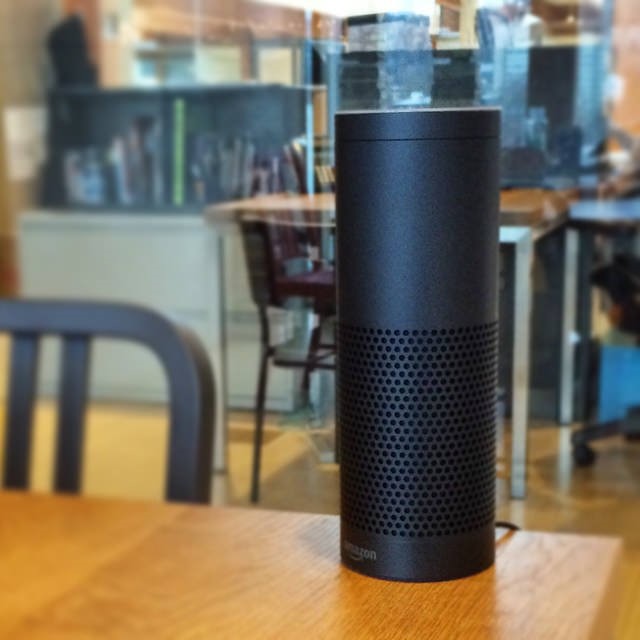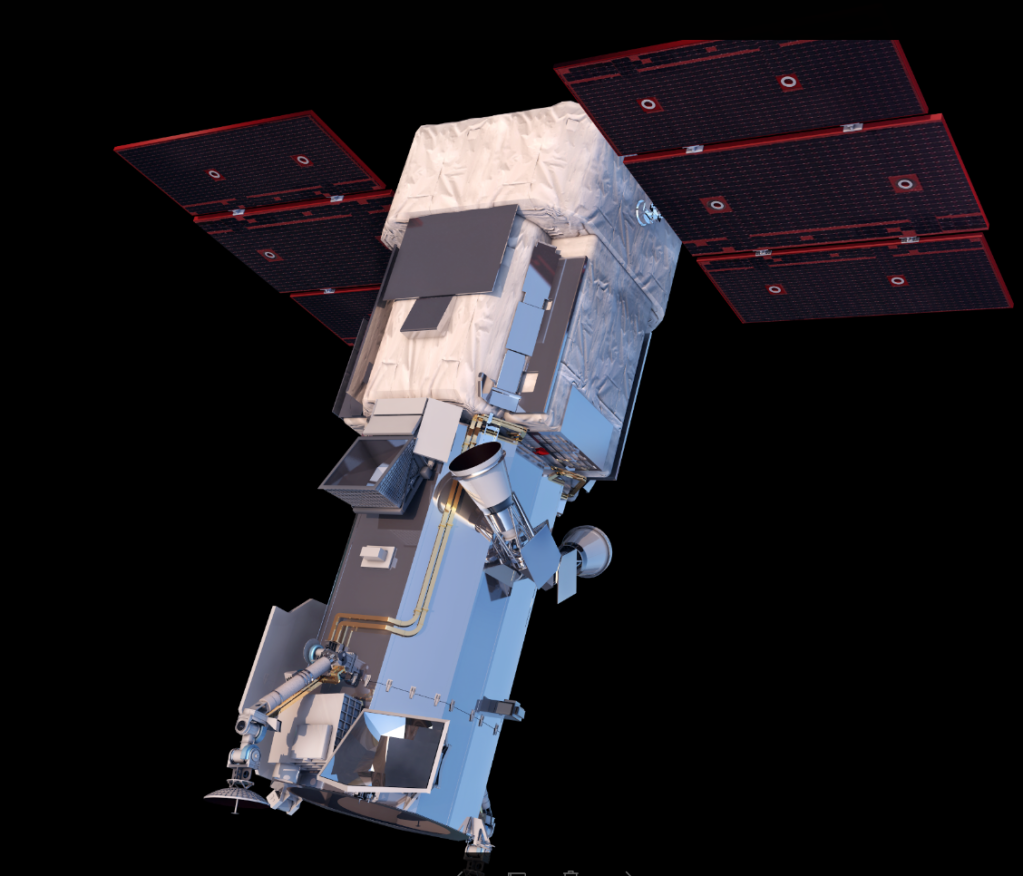2018 Tech Trends
Innovation Ahead
With 2017 drawing to a close, we’ve been thinking about the future. The current year’s tech trends have been big and impactful, with artificial intelligence topping the charts. How about 2018? Most likely, technology is set to focus on the internet of things (IoT), artificial intelligence and machine learning. The Internet of Things Pretty much […]













